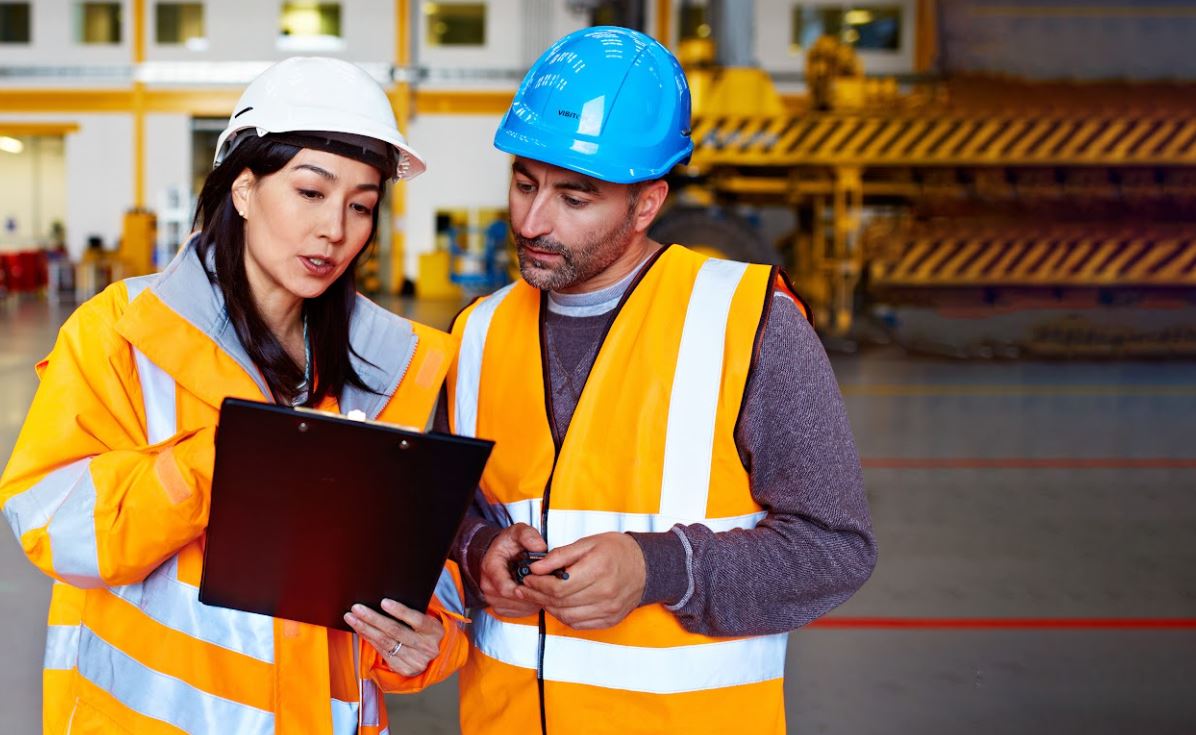Recent prosecutions: Preventing seasonal falls from height

Ian Hatherly
November 3, 2025
2
min read
A local council was hit with a £200,000 fine after a man was injured while installing a town Christmas tree.
The council worker sustained a concussion and severe injuries to his side, including bruised ribs, while using a scissor lift to straighten the 20-foot tree. The lift toppled over with the employee still in the basket.
He required an operation on his leg and needed to use a wheelchair and crutches after receiving a serious cut on his leg. Unable to work for two months, the employee was forced to make a phased return, restricting his hours and duties during his recovery.
A Health and Safety Executive (HSE) investigation revealed that the council had not provided training on the safe operation of the scissor lift. They had also failed to conduct an adequate risk assessment for the task, which would have highlighted the dangers involved – particularly to untrained lift users.
The HSE inspector said: ‘This was a very serious incident.
‘It is important for industry to understand the importance of a risk assessment and training when using elevated platforms. Access to these platforms should be limited to those trained and anyone who isn’t trained shouldn’t be allowed to use them.
‘If this sort of work is not planned and controlled to a high degree, then there is a very high likelihood of a potentially fatal fall, or one resulting in very serious injury.’
Safeguard your team from holiday hazards
At this time of year, it’s tempting to add sparkle to your site with a few festive decorations. Often, staff are quick to hop onto a stepladder, chair, or other raised surface without thinking through the risks.
However, Labour Force Survey stats show up to 37,000 people self-reporting fall-from-height injuries in 2023/24. Meanwhile, working at height remains the number one cause of workplace fatalities in the UK. Recent Health and Safety Executive (HSE) figures show 35 people lost their lives as a result of falls from height in 2024/25, accounting for over a quarter of fatal injuries.
Suitable and sufficient work-at-height risk assessments help you avoid seasonal safety incidents. Your main objective is to eliminate the need to work from height and look for ways to complete tasks at ground level.
If work at height is unavoidable, ensure your team is equipped with stable, purpose-built equipment to reduce fall risks.
- Evaluate your branch in detail, reviewing where work at height happens and the unique risks within each area.
- Pay particular attention to racking, mezzanines, retail shelving spaces, and vehicle access points.
- Consider environmental fall hazards, such as slippery surfaces, poor lighting, and space restrictions.
Your risk assessment should also make sure your team members:
- Can get safely to and from where they work at height.
- Are not overloaded or overreaching when working at height.
- Are protected from falling objects.
- Take precautions when working on or near fragile surfaces.
- Are trained on equipment use and safe working practices.
Get specialist advice from an Opus Safety consultant
To identify fall-from-height hazards and implement tailored controls, reach out to our experienced team. We’ll highlight key compliance issues and create practical safety solutions to protect your employees – all year round.
Contact us at hello@opus-safety.co.uk or 0330 043 4015.

Ian Hatherly
November 3, 2025
2
min read






